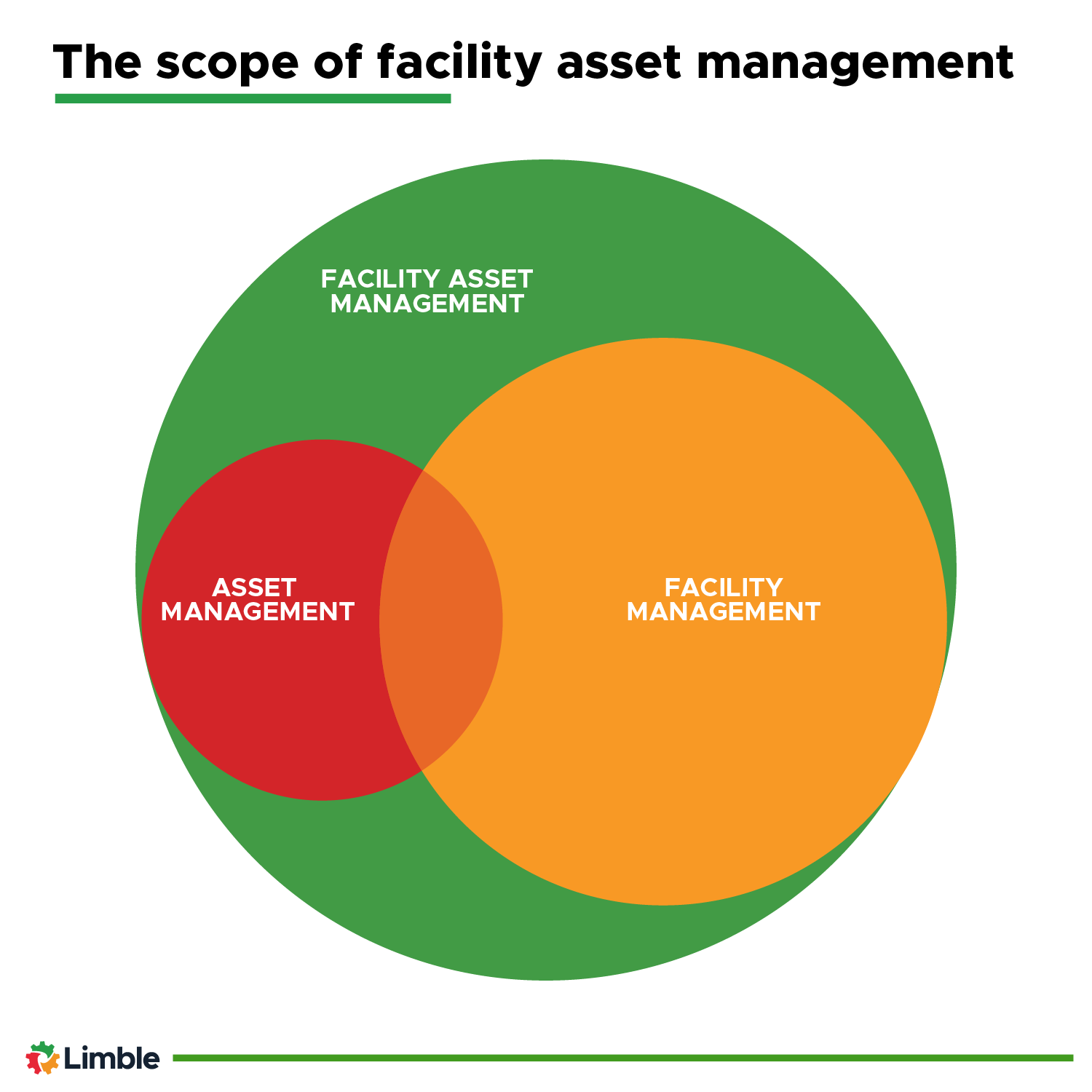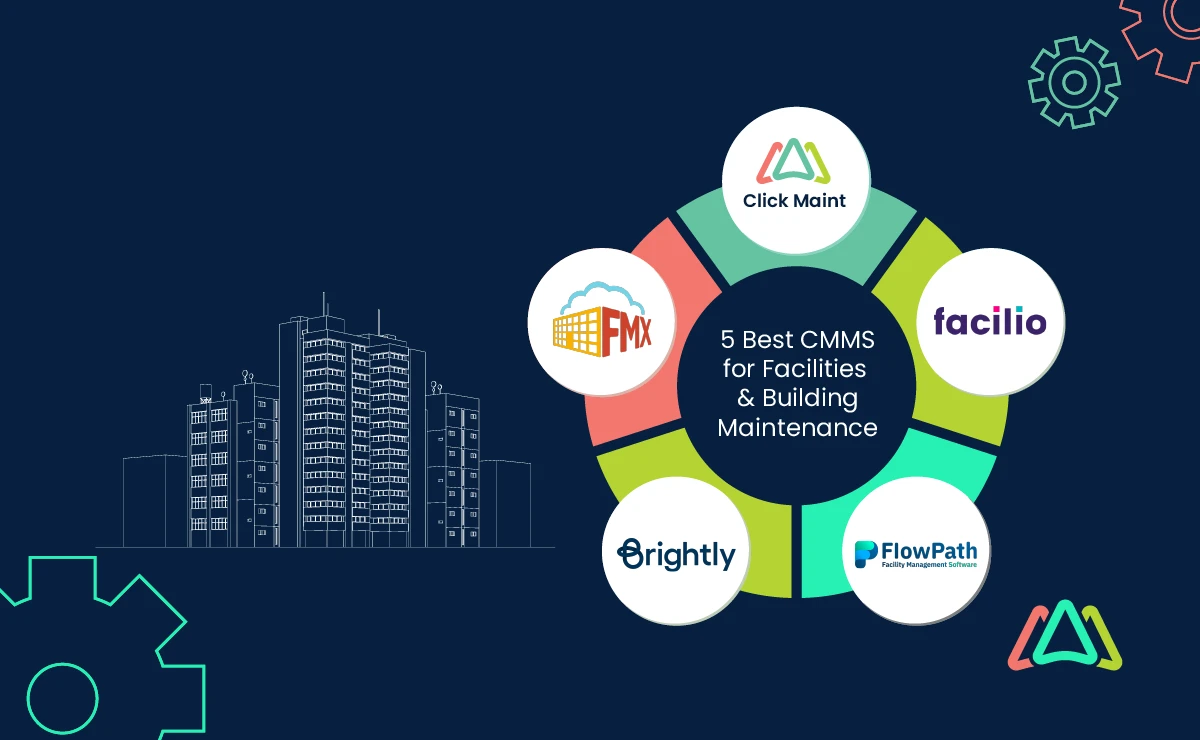Maximize Performance and Security: Best Practices in Center Management
In today's swiftly developing landscape, making the most of performance and security in facility administration has actually ended up being a critical emphasis for companies aiming to enhance operational efficiency. By integrating wise modern technology, prioritizing maintenance procedures, and cultivating a culture of security, center managers can considerably boost both efficiency and compliance. Nevertheless, the obstacle lies in successfully carrying out these methods while navigating the intricacies of modern offices. What certain strategies can be employed to guarantee that these efforts not just coexist but also reinforce one another in a sustainable manner?
Embrace Smart Innovation
In today's quickly developing landscape of facility monitoring, the assimilation of clever modern technology has come to be a crucial element of operational efficiency and sustainability. Embracing sophisticated innovations such as the Internet of Points (IoT), man-made intelligence (AI), and data analytics can dramatically boost center management techniques. These innovations help with real-time tracking and control of structure systems, making it possible for supervisors to optimize power usage, reduce functional costs, and improve overall safety and security.
Executing smart sensing units and automation systems allows for specific tracking of ecological problems, occupancy degrees, and equipment efficiency. This data-driven method not just notifies decision-making yet likewise sustains predictive upkeep, reducing downtime and expanding possession life. Moreover, smart modern technology improves individual experience by producing flexible settings that react to the requirements of owners.
Incorporating smart platforms also promotes sustainability efforts, such as energy-efficient lights and a/c systems, adding to reduced carbon footprints. By welcoming these developments, center managers can guarantee that their procedures continue to be affordable, resistant, and aligned with modern sustainability objectives. Ultimately, the shift towards wise modern technology stands for a transformative step in redefining center management for a more effective and lasting future.
Prioritize Normal Upkeep

Developing a routine upkeep schedule is crucial. This must include routine inspections, servicing, and essential repair work for all tools, a/c systems, plumbing, and electrical systems. Making use of an electronic maintenance administration system (CMMS) can streamline this process, giving tracking and informs for upcoming maintenance jobs.
Additionally, cultivating a culture of responsibility amongst staff improves the effectiveness of maintenance initiatives. Training employees to report and recognize upkeep issues can cause aggressive management as opposed to responsive reactions. In addition, recording maintenance activities guarantees conformity with safety guidelines and gives valuable insights for future planning.
Implement Security Training Programs
A thorough security training program is essential for fostering a protected workplace in any kind of center - Facility Management. Such programs outfit employees with the expertise and abilities required to identify hazards, implement security protocols, and react effectively in emergencies. By prioritizing security training, organizations can substantially minimize the threat of injuries and crashes, consequently boosting general efficiency
To carry out an efficient security training program, it is important to tailor the content to the specific needs of the center and its procedures. This consists of carrying out a complete danger assessment to identify possible dangers special to the work environment. Training ought to encompass a selection of subjects such as proper equipment use, emergency evacuation treatments, and very first aid strategies.
Furthermore, it is crucial to involve employees proactively throughout training sessions. Utilizing real-life scenarios and hands-on demos can enhance understanding and retention of safety methods. Routine refresher courses ought to additionally be arranged to maintain security awareness at the forefront.
Optimize Space Use
Effective space application is an important component of center administration that straight affects functional efficiency and cost-effectiveness. Organizations often reference deal with underutilized or overcrowded areas, leading to inadequacies and increased costs. To optimize area use, center supervisors ought to perform regular evaluations to recognize how areas are presently being used and where enhancements can be made.
Applying flexible office layouts, such as open office designs or modular furnishings, can significantly improve flexibility to changing needs. Furthermore, leveraging modern technology, such as space administration software, can provide useful understandings right into occupancy patterns and help determine underused locations.
An additional best method is to develop clear zoning within the facility, guaranteeing that different functions are logically set up to reduce disruption and optimize efficiency. Furthermore, urging a culture of cooperation can result in far better space-sharing practices amongst groups, thus boosting overall performance.
Establish Clear Communication Channels
Maximizing area use frequently exposes the basics demand for robust communication methods within a facility. Clear interaction channels are crucial for assisting in efficient collaboration amongst staff, maintenance groups, and management. By establishing these channels, facility supervisors can guarantee that info streams flawlessly concerning space use, operational modifications, and safety procedures.
Implementing a multi-faceted communication method-- incorporating digital platforms, such as emails and team collaboration tools, with face-to-face communications-- can dramatically boost involvement and details dissemination. Regular conferences need to be set up to review recurring tasks, address concerns, and share updates. Furthermore, developing a central info hub, such as an intranet, enables workers to gain access to essential documents and announcements conveniently.
In addition, responses systems are vital to assess the efficiency of communication strategies. Urging team to share their insights can result in improvements and cultivate a society of openness. Educating programs concentrated on communication abilities can additionally encourage staff members to share info clearly and effectively.
Ultimately, developing clear communication channels not just optimizes efficiency but likewise improves safety and security by making sure that every person is notified and lined up with the center's operational objectives. (Facility Management)

Final Thought
In conclusion, the combination of smart modern technology, regular upkeep, thorough security training, maximized space application, and effective interaction networks jointly enhances effectiveness and safety and security in facility administration. These finest practices serve as vital elements for reliable center administration.
In today's swiftly progressing landscape, look here making the most of performance and safety and security in center administration has actually ended up being a critical emphasis for organizations aiming to boost operational performance. By incorporating clever innovation, focusing on upkeep protocols, and promoting a society of safety, facility managers can considerably boost both performance and conformity.To apply an efficient safety and security training program, it is critical to customize the web content to the particular demands of the center and its operations. By establishing these networks, facility managers can make sure that info streams seamlessly concerning area use, functional changes, and safety protocols.
